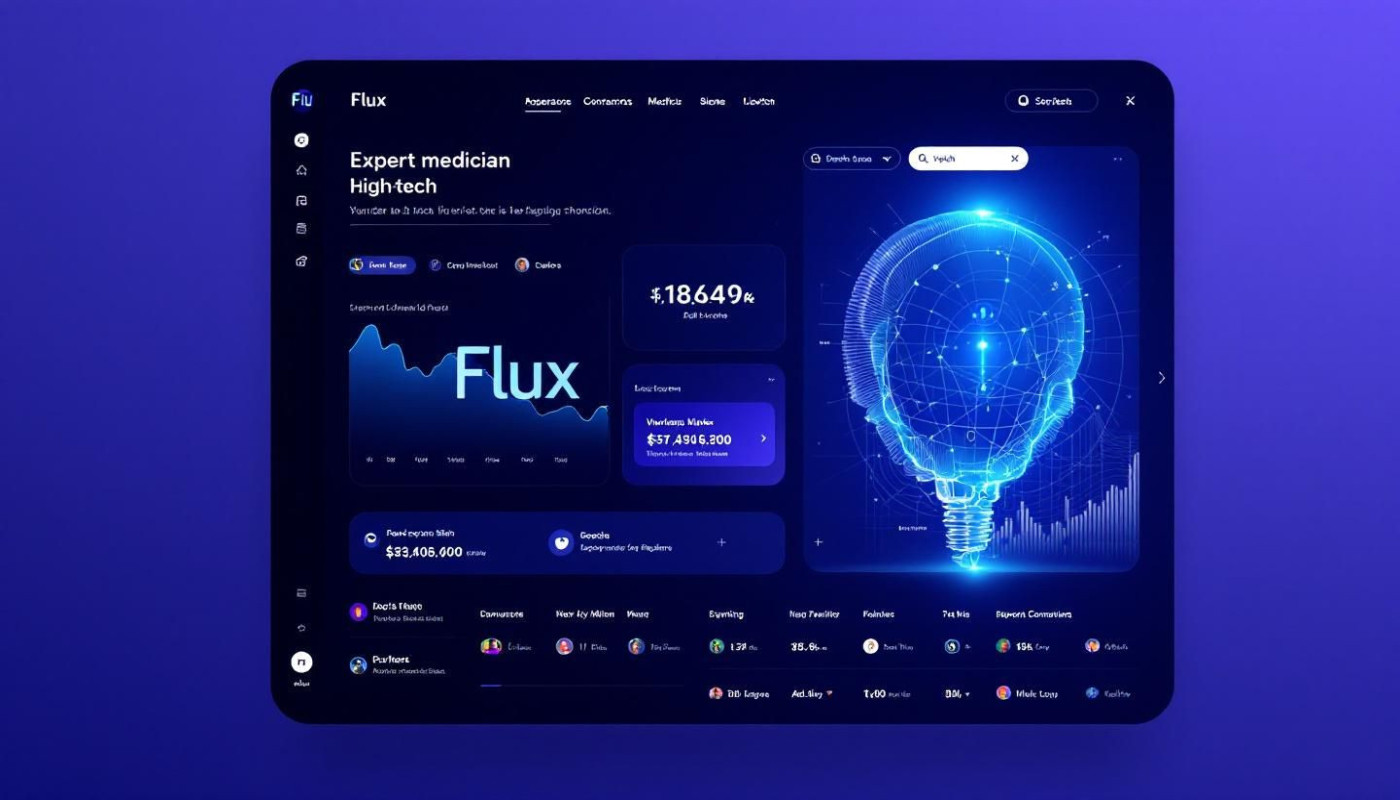Table of contents
In the fast-paced world of healthcare, the value of clear and compelling medical presentations cannot be overstated. Harnessing the expertise of professional design partners can dramatically elevate the impact of these presentations, ensuring that complex information is communicated with clarity and precision. Explore the following insights to discover how expert collaborations can transform your next medical presentation into a powerful tool for education and influence.
Unlocking visual storytelling
Collaborating with expert designers significantly elevates medical presentation design by converting raw, complex data into captivating visual narratives. Through strategic use of data-driven infographics, these professionals bridge the gap between technical information and audience understanding, making healthcare communication more accessible and memorable. Expert designers excel at visual storytelling, carefully selecting visual elements and color schemes to highlight patterns and trends within medical data, transforming statistics into relatable stories. In this way, medical presentation design harnesses the power of data visualization to convey critical information clearly and persuasively, allowing speakers to connect with both clinical and non-specialist audiences. Thoughtful partnerships with designers ensure presentations are not only scientifically accurate but also visually compelling, ultimately advancing the effectiveness of healthcare communication.
Elevating audience engagement
Professional design partnerships play a pivotal role in creating engaging medical presentations that captivate and sustain audience attention throughout any healthcare event. By integrating user-centric interface principles, these collaborations ensure content is visually compelling, easily navigable, and tailored to the knowledge level of the audience. Strategic use of graphics, intuitive data visualization, and streamlined layouts supports audience interaction, making complex medical information accessible and memorable. During a medical conference, this approach not only enhances comprehension but also encourages real-time dialogue, feedback, and Q&A participation, significantly boosting knowledge retention among attendees.
The director of presentation strategy recommends leveraging services such as powerpoint presentation outsourcing to achieve a polished and impactful delivery. Such specialized support ensures that each slide contributes strategically to the overall narrative, reflecting both the speaker’s expertise and the latest design standards in healthcare communications. As a result, medical professionals can focus on delivering their message while design experts handle the technical and aesthetic details, maximizing engagement and effectiveness at every stage of the presentation.
Ensuring scientific accuracy
Upholding scientific accuracy in compliant medical slides is vital for effective knowledge transfer and trust among healthcare professionals. The integration of expert collaboration between design specialists and healthcare professionals serves not only to elevate the visual appeal of presentations but also to rigorously maintain healthcare compliance. Design experts work closely with medical teams to ensure that every element aligns with regulatory adherence requirements, minimizing risks associated with misinformation or outdated data. Medical content accuracy is safeguarded through careful review processes, validation of sources, and adherence to industry standards, ensuring that compliant medical slides deliver reliable, well-structured information while meeting all necessary healthcare compliance protocols.
Streamlining complex concepts
Presenting advanced medical information often involves navigating intricate terminology, multifaceted research data, and critical clinical outcomes. Design experts play a pivotal role in simplifying medical concepts by leveraging cognitive load reduction techniques, which help audiences process and retain vital details without feeling overwhelmed. Through tailored infographics, intuitive data visualizations, and strategically segmented slides, healthcare presentations transform complex data into accessible narratives. This approach to medical communication adapts to differing knowledge levels among healthcare professionals, patients, and stakeholders, ensuring each group receives detailed and accurate insights. By striking a balance between clarity and depth, design experts create engaging presentations that uphold scientific integrity while fostering better understanding.
Maximizing long-term impact
Ongoing partnerships with design professionals significantly elevate both the effectiveness of medical education tools and the perceived value of institutional offerings. Sustained design collaboration ensures that educational presentations not only deliver clear, accessible information but also remain visually compelling and aligned with current industry standards. Over time, these initiatives strengthen brand equity, as audiences associate high-quality content with a trusted source, thereby enhancing overall healthcare branding. Consistent investment in expert design inputs fosters a lasting impact in terms of learner engagement, knowledge retention, and institutional reputation within competitive healthcare environments.





